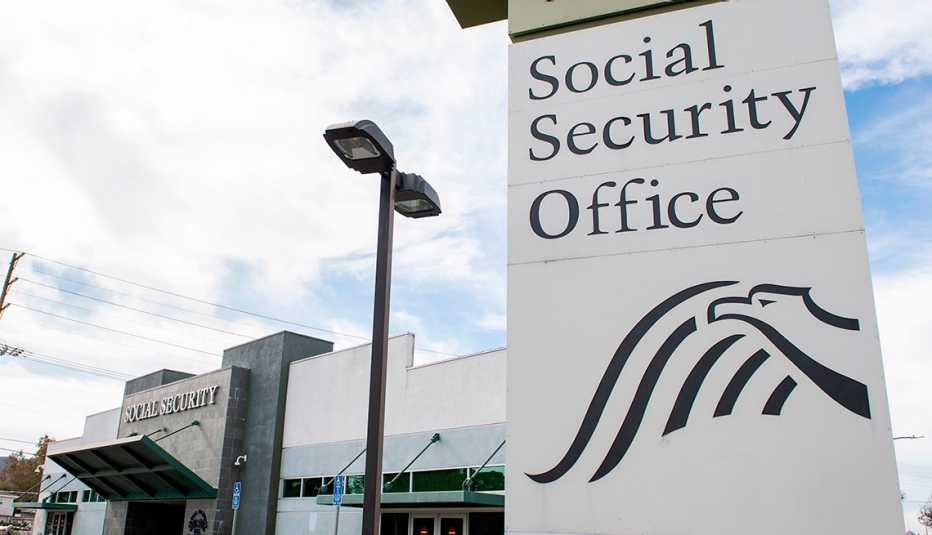Staying Fit
Andy Markowitz,
Americans nearing retirement age significantly underestimate how much money they’ll collect from Social Security but make more accurate forecasts when they get personalized information on their prospective benefits via Social Security statements, according to a new study.
The March 2023 paper from the National Bureau of Economic Research (NBER) found that most people in their 50s and early 60s are on target in predicting the age they will claim Social Security but underestimate their future benefit income by 11.5 percent, or $1,896 a year, on average. A quarter of older adults are off by more than $5,100.


AARP Membership— $12 for your first year when you sign up for Automatic Renewal
Get instant access to members-only products and hundreds of discounts, a free second membership, and a subscription to AARP the Magazine.
However, “receiving one or more Social Security statements reduces the forecast error in annual Social Security income by $344,” according to the report, which is based on data from the Health and Retirement Study (HRS), a long-running University of Michigan survey of older adults.
The NBER paper draws on Social Security–related survey responses collected from 1992 to 2018. During much of that period, the Social Security Administration (SSA) regularly mailed paper statements to tens of millions of U.S. workers with data about their future payments.
How Social Security Benefits Work for Spouses and Survivors
Watch AARP’s free webinar for answers to common questions about how marriage, divorce or a spouse's death can affect what you get from Social Security. Explore these topics and much more:
- Eligibility rules for spousal and survivor benefits
- Claiming strategies to maximize your payment
- Divorced-spouse benefits and the impact of remarriage
Those statements, which include information on individuals’ earnings histories and estimated benefits at various claiming ages, are now primarily available online to people who sign up for My Social Security accounts at the SSA website. AARP is supporting federal legislation to require the SSA to resume periodically sending paper statements to all workers ages 25 and up.
“People aren’t that great at anticipating their Social Security benefits, and information provision helps,” says Grant Seiter, a senior research associate at the American Enterprise Institute and the paper’s coauthor. “The Social Security statement does improve the accuracy of people’s estimates.”
‘Waves’ of data
Seiter says he and coauthor Sita Slavov, a public policy professor at George Mason University who specializes in the economics of aging, wanted to use the extensive HRS data to build on prior research on pre-retirees’ Social Security expectations.
“Social Security is a huge source of retirement income for most Americans. Having an accurate estimate of the benefit is really important,” he says.







































































